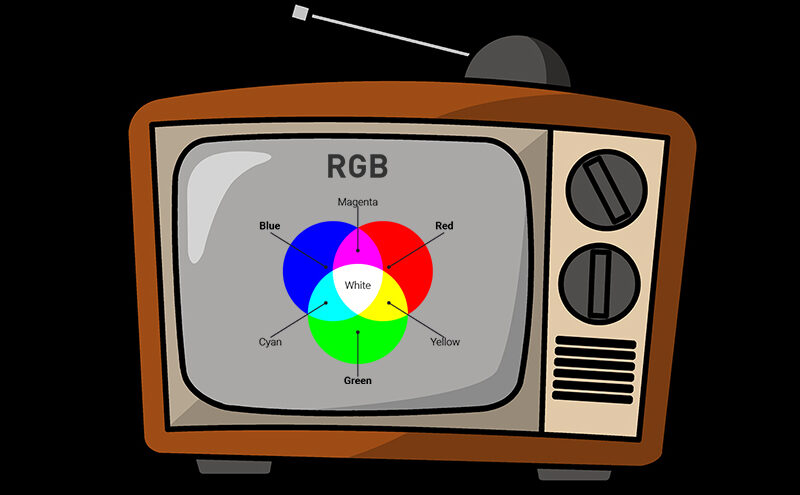
CHAPTER: 5
DI
Under the hood, every knob and tool is driven by simple math, and as a result, their behavior is subject to the influence of any math that precedes and follows them—including the math used to transform color spaces.
This means that in order to get consistent behavior and results, the ideal approach is to introduce a third color space into our workflow, between capture color space and delivery color space. We call this an intermediate or grading space.
Now you know why it is called Intermediate or Digital Intermediate because it is between capture color space and delivery color space. The idea is that all source material gets mapped into this space, and our final deliverable is created by applying a single transform to get to our display color space.
Why not skip the intermediate space and do all our grading after mapping into the unified delivery space? There are multiple reasons, but maybe the biggest one is that color grading works better when done upstream in a larger color space. Results come faster, look better, and feel more natural.
Dolby Vision
You might have heard of Dolby Vision HDR or you’ll have likely seen the Dolby Vision label on premium televisions, or in Netflix content, even more, it’s a term you’re likely to come across a lot if you’re shopping for new tech.
Closing Remark
Understanding color space is more important today than ever, and its value will only grow as our cameras and screens continue to multiply.
Remember, in the end, this isn’t about memorizing technical data, but about shaping our thinking.

